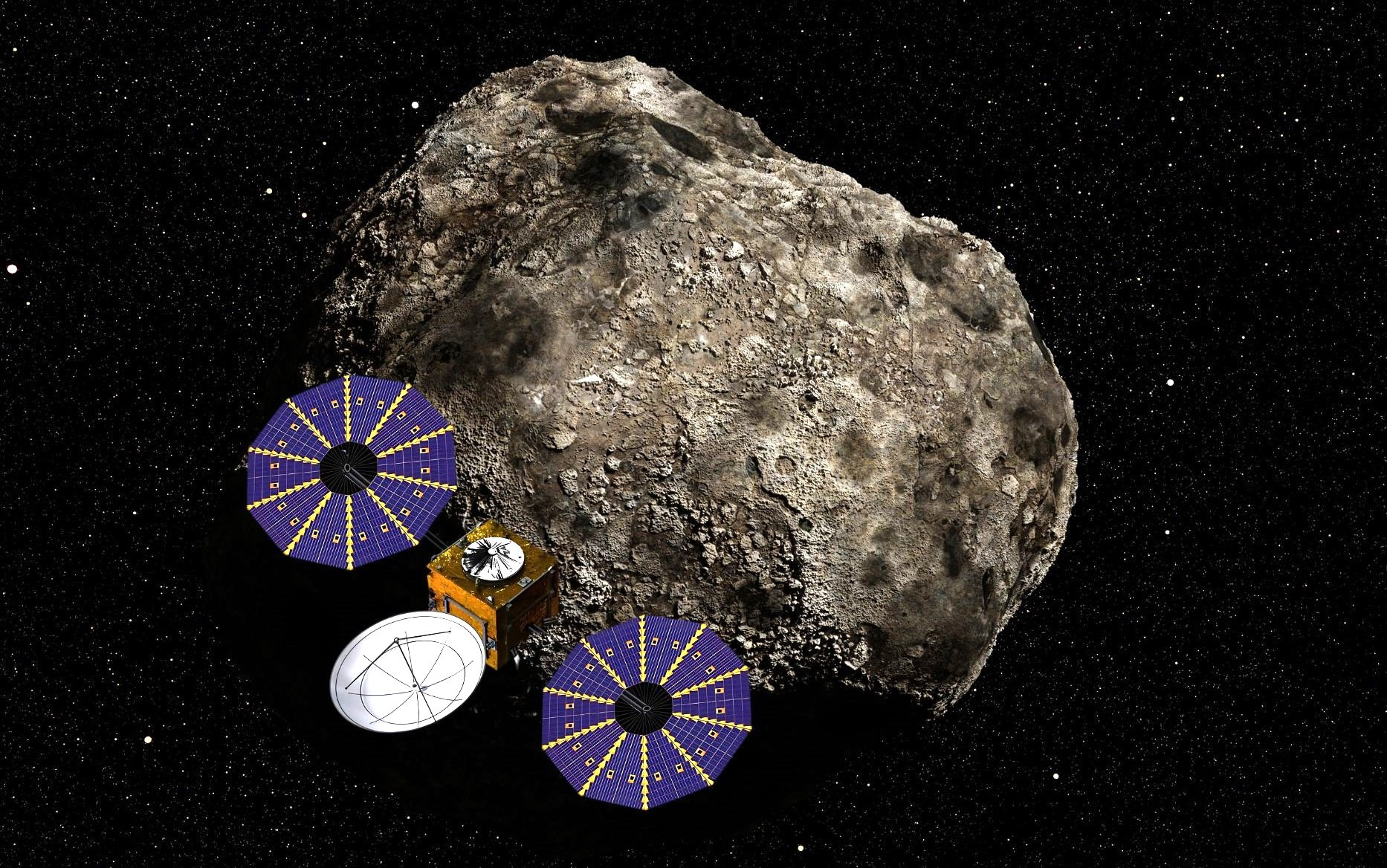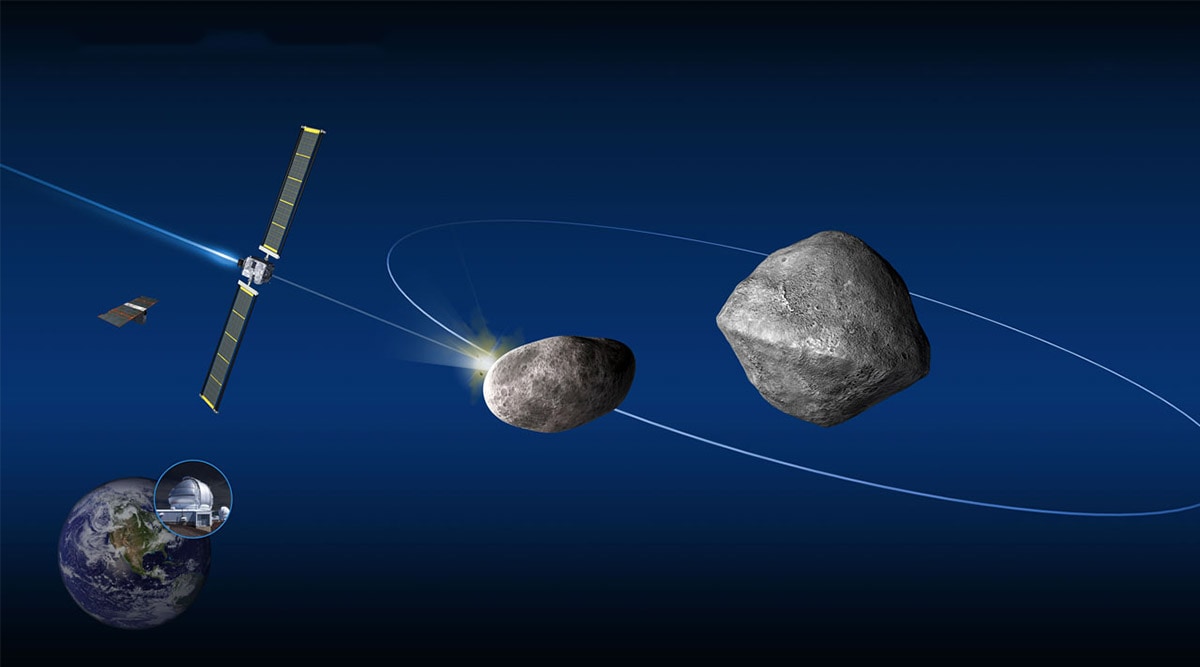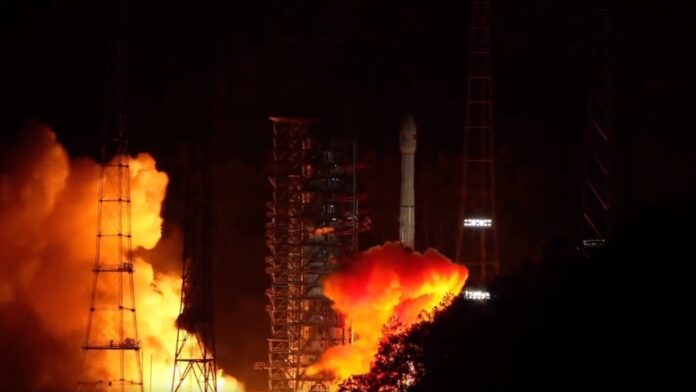Beijing announces bold step in planetary defense with dual-spacecraft strategy
China has unveiled plans for its first-ever asteroid defense demonstration, marking a major milestone in the nation’s rapidly advancing space program. The mission, revealed at a major space conference this week, would make China only the second country in the world—after the United States—to test the ability to deflect a potentially hazardous asteroid.
The announcement highlights China’s ambitions not only to strengthen its space technology but also to play a central role in shaping international cooperation on planetary defense.
Mission Announcement at Deep Space Conference

The disclosure came from Wu Weiren, chief designer of China’s lunar exploration program, during the Third Deep Space Exploration (Tiandu) International Conference held in Hefei on Friday.
Wu confirmed that the demonstration mission is targeted for launch “within this year.” It will involve two spacecraft: an impactor designed to strike the asteroid and an observer spacecraft that will monitor and measure the results from close range.
The target asteroid lies tens of millions of kilometers away, and the mission aims to shift its trajectory by a tiny but measurable amount—just a few centimeters—that could translate into a massive change over time.
Dual-Spacecraft Strategy
China’s approach sets it apart from previous international missions.
Both spacecraft will launch together and then separate into different trajectories. The observer spacecraft will arrive at the asteroid first, conducting detailed analysis over several months. It will record surface features, mass, rotation, and other vital data.
Once the impactor arrives, it will crash into the asteroid at high velocity, attempting to nudge it slightly off its current path. The observer will remain nearby to capture real-time images and data of the collision and its aftermath.
This mission differs from NASA’s DART (Double Asteroid Redirection Test) in 2022, which used a single spacecraft to impact asteroid Dimorphos. Following DART, the European Space Agency (ESA) launched its Hera mission in 2024 to study the impact site in detail upon arrival in 2026. China’s strategy essentially combines both functions—impact and observation—into a single mission profile.
A Global Push for Planetary Defense

Wu’s announcement comes at a time when the international community is increasingly aware of the risks posed by near-Earth objects. Earlier this year, astronomers discovered asteroid 2024 YR4, which has a small but real probability of colliding with Earth in 2032. The ESA currently estimates the impact probability at 2.2 percent.
At a March conference in Beijing, Wu called for stronger global cooperation, proposing the creation of a “global planetary defense community.” He stressed the need for coordinated systems that could offer early warning and operational asteroid defense services.
His message aligns with efforts by the United Nations, which has declared 2029 the “International Year of Planetary Defence and Asteroid Awareness.” That year coincides with the extremely close flyby of asteroid Apophis, which will pass within 31,000 kilometers of Earth—closer than some satellites.
International Collaboration Framework
Planetary defense already involves several international bodies. The International Asteroid Warning Network (IAWN) and the Space Mission Planning Advisory Group (SMPAG), both supported by the UN Office for Outer Space Affairs, provide mechanisms for data sharing and mission coordination.
Building on these frameworks, Wu established the International Deep Space Exploration Association (IDSEA) in July 2025. The association brings together scientists from multiple countries to foster cooperation in lunar exploration, planetary missions, and asteroid defense. Wu currently serves as its first chairman.
Technical Challenges and Mission Target
China initially planned to aim its impactor at asteroid 2019 VL5 with a 2025 launch window. However, new reports suggest the mission may instead target asteroid 2015 XF261, a 30-meter-wide object. The final decision will depend on technical readiness and orbital dynamics.
Some sources indicate the launch could be delayed until around 2027 if conditions require.
This mission builds on China’s expanding portfolio of space achievements, including the Chang’e lunar program and the ongoing Tianwen-2 asteroid sample return mission, which launched earlier this year.
If successful, the mission will showcase China’s ability to actively protect Earth from cosmic threats—a capability currently demonstrated only by the United States.
The Bigger Picture
Asteroid impacts, while rare, pose one of the few natural threats capable of causing global-scale disasters. By joining the small but growing club of nations testing planetary defense, China is positioning itself as a key player in safeguarding Earth’s future.
The dual-spacecraft deflection test, if launched this year, could mark the beginning of a new era in international space cooperation, where planetary defense moves from theoretical studies into practical, tested strategies.
For now, the world will be watching closely as China prepares to take its shot—literally—at defending our planet from the hazards of deep space.
Sources: China Daily

